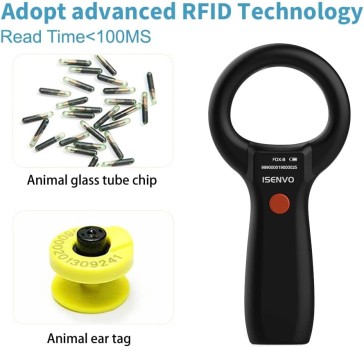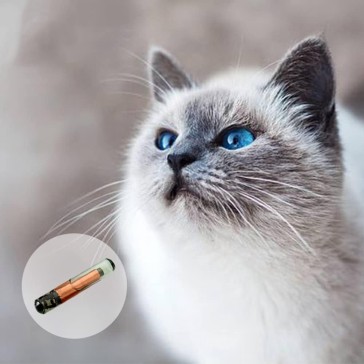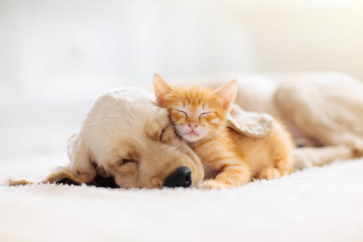Is it easier to neglect pets the longer they are kept? 6 pet hygiene precautions+4 hidden dangers prevention, protecting both you and your furry child's health
Furry children are like family, but hygiene details are often overlooked. The core of scientific pet raising is' precise protection '- focusing on the 6 daily cleaning points, avoiding the 4 major health hazards, and making pets more lively and family members more at ease for 10 minutes a day
Pets are like family members. Nowadays, more and more families regard pets as important members of their lives, playing, feeding, and grooming them every day. However, they are prone to neglect hygiene details such as not washing their pets' beds for half a month, only wiping their feet without cleaning the crevices of their paws after walking their dogs, and not washing their hands in a timely manner after feeding their pets... These seemingly insignificant small oversights may pose health risks.
The core of pet ownership is "mutual companionship and common health". Good hygiene management can not only reduce pets' illnesses and make them more lively, but also prevent family members from experiencing skin itching, gastrointestinal discomfort, and other problems due to pet ownership. Today, let's popularize 6 hygiene precautions that must be taken seriously during the process of raising pets, as well as prevention methods for 4 common health hazards, to help you easily protect your own and your furry child's health.
1、 First, clarify the core of "pet hygiene": it is not "excessive cleaning", but "precise protection"
When it comes to pet hygiene, many people fall into two extremes: either they think that "pets are naturally clean and do not need frequent maintenance", or they fall into "excessive cleaning anxiety", showering their pets every day and spraying disinfectant all over the family. In fact, the key to scientific pet hygiene management is "precise protection" - targeting high-frequency scenes of pets' daily activities, areas prone to dirt and grime accumulation, and areas that may spread hidden dangers, doing moderate cleaning to prevent pets from getting injured due to excessive cleaning, and to prevent hygiene blind spots from threatening the health of family members.
For example, pet hair, claws, and mouth are areas that are prone to dirt and bacteria, and need to be cleaned regularly; Pet beds, food bowls, and toys are the most frequently touched items in daily life and need to be replaced or disinfected regularly; After interacting with family members and pets (such as feeding, grooming, and holding pets), timely hand cleaning can avoid most potential hazards. Simply put, pet hygiene does not need to be comprehensive, but it must focus on the key points and use reasonable methods to balance pet comfort and family health.
More infomation is coming. Expecting Section Two.










Validate your login